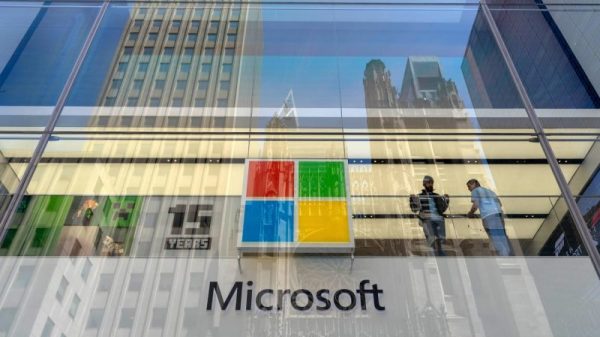Palladium prices have experienced a great deal of volatility in 2024, starting the year at US$1,096 per ounce on the back of a long-term downward trend that began in 2022.
Prices declined steeply through the first two months of 2024, reaching a yearly low of US$859.15 on February 9. However, palladium saw momentum in March, trending upward alongside gold, silver and platinum
At the start of April, the price of palladium was US$996.28 and it quickly reached a year-to-date high of US$1,098 on April 9. However, the metal once again pulled back, plunging below the US$900 mark at the start of June. It then surged to end the second quarter at US$963.50 on June 28.
The price has since regressed again, approaching a near yearly low of US$881 on July 29.
How did palladium perform in H1 2024?
Palladium and platinum are both investment metals, but have important industrial uses that claim the majority of demand. However, palladium has fewer uses outside of the auto industry, and demand from that sector has a greater influence on prices.
According to the World Platinum Investment Council’s (WPIC) Platinum Essentials Report, released in May, automotive demand for palladium in 2024 will remain steady at 8.45 million ounces, while total demand from all sources is projected to be 10.03 million ounces.
Palladium price chart, January 1 to July 30, 2024.
Chart via Trading Economics.
The WPIC is expecting mine supply to remain relatively stable, with around 6.5 million ounces per year entering the market over the next five years. Meanwhile, it predicts that recycling supply will increase from 2.64 million ounces in 2024 to 3.83 million ounces in 2028.
Overall, the WPIC is calling for palladium demand to outstrip supply in 2024 by 1.28 million ounces, and by 234,000 ounces in 2025 before entering a surplus.
What factors drove palladium supply and demand in H1 2024?
The council says the increase in recycled platinum supply is coming as “more PGM-rich vehicles produced during periods of rising emission standards are now reaching end-of-life, and are expected to increase annual palladium recycling by more than 1.3 million ounces by 2028.”
Because both platinum and palladium are interchangeable, manufacturers will often swap one out for another as they try to find the best price. Since palladium broke above US$3,000 in February 2022, it has been on a downward slide as auto manufacturers did exactly that, opting to use platinum which was trading at around the US$1,000 per ounce level.
Though the two metals are now trading at near parity, there hasn’t been any desire to swap the two, even as platinum begins to edge higher. These dynamics are creating further headwinds in the palladium market.
In a mid-July platinum-group metals webinar hosted by CPM Group, Rohit Savant, CPM’s vice president of research, explained that the disparity between metal prices will need to increase and be sustained before manufacturers consider a swap. He noted the costs will need to be more substantial to negate the costs of changing chemistry and ensuring they meet regulatory standards.
Savant also went on to say that even though vehicle sales are expected to remain strong in 2024, gas-powered cars are losing market share to electric vehicles, which don’t require palladium. This has been particularly impactful from the increased demand for EVs in the Chinese market.
“Even though you are seeing a substantial increase in vehicle sales, it may not necessarily translate into stronger demand for palladium. That’s primarily because of the ongoing strength in the EV market share in China and also the government incentivizing the Chinese market to either buy electric vehicles or to buy smaller passenger vehicles, both of which are not supportive of palladium demand,” said Savant.
What will happen to the palladium price in 2024?
Although palladium receives some demand from electronics production and investment, the auto industry is its primary price driver. As increased recycling and greater supply surpluses begin to take hold the price is not likely to increase and may need a more substantial rise in the price of platinum before car makers begin to use palladium again.
However, the low prices may provide less risk-averse investors with opportunities especially if the price of palladium continues to retreat.
Securities Disclosure: I, Dean Belder, hold no direct investment interest in any company mentioned in this article.


































